Filter by
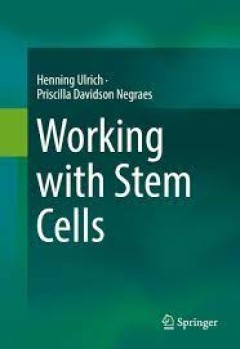
Working with Stem Cells
The content covered encompass not only the theoretic and methodological aspects for culturing human pluripotent stem cells, but also the establishment of induced pluripotent stem cells and their differentiation into specific cellular subtypes. This book has the most updated methods and technologies in an accessible and clear language, presenting protocols developed and optimized by researchers …
- Edition
- -
- ISBN/ISSN
- 978-3-319-30582-0
- Collation
- -
- Series Title
- -
- Call Number
- -
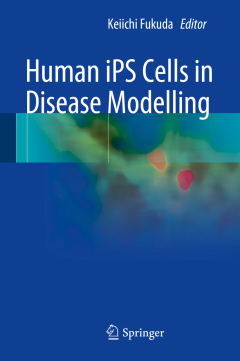
Human iPS Cells in Disease Modelling
Human iPS cells have a great potential to be cell sources for regenerative medicine because of the promise of infinite self-renewal and the capability to differentiate into multiple cell types. This book focuses on another great potential of human iPS cells, which is the establishment of human disease models using patient-specific iPS cells. Human iPS cells can be easily obtained from a patient…
- Edition
- -
- ISBN/ISSN
- 978-4-431-55964-1
- Collation
- VII, 99
- Series Title
- -
- Call Number
- 571.6 HUM

Fetal Stem Cells in Regenerative Medicine Principles and Translational Strat…
This book explores the regenerative properties of fetal stem cells, from feto-maternal cell traffic through perinatal stem cells, with a discussion of key topics including stem cell banking, drug screening, in utero stem cell transplantation and ethical considerations. The expertly authored chapters also delve into embryonic, amniotic membrane, and umbilical cord blood stem cells; fetal develop…
- Edition
- -
- ISBN/ISSN
- 978-1-4939-3483-6
- Collation
- XIX, 453
- Series Title
- -
- Call Number
- -
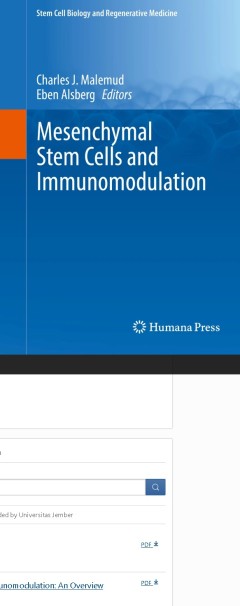
Mesenchymal Stem Cells and Immunomodulation
This essential volume explores mesenchymal stem cells (MSCs) and their potential to suppress immune-mediated inflammation. The chapters examine applications in autoimmune diseases such as lupus, rheumatoid arthritis and multiple sclerosis; blood cancers such as leukemia and lymphoma; and reproductive complications, specifically pre-term labor and use of MSCs in vitro and in animal models to dis…
- Edition
- 1
- ISBN/ISSN
- 978-3-319-46731-3
- Collation
- XI, 85
- Series Title
- Stem Cell Biology and Regenerative Medicine
- Call Number
- -
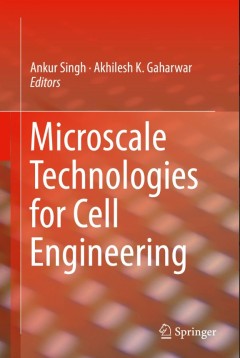
Microscale Technologies for Cell Engineering
This book offers readers cutting-edge research at the interface of polymer science and engineering, biomedical engineering, materials science, and biology. State-of-the-art developments in microscale technologies for cell engineering applications are covered, including technologies relevant to both pluripotent and adult stem cells, the immune system, and somatic cells of the animal and human or…
- Edition
- 1
- ISBN/ISSN
- 978-3-319-20725-4
- Collation
- VIII, 330
- Series Title
- -
- Call Number
- -
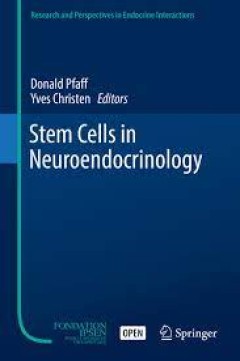
Stem Cells in Neuroendocrinology
This volume starts with an elementary introduction covering stem cell methodologies used to produce specific types of neurons, possibilities for their therapeutic use, and warnings of technical problems. In addition the authors report successes in achieving the derivation of a specific type of neuron. The dopamine neuron offers an important example and is discussed in more detail. Additional ch…
- Edition
- 1
- ISBN/ISSN
- 978-3-319-41603-8
- Collation
- -
- Series Title
- 16 illustrations in colour
- Call Number
- XII, 156
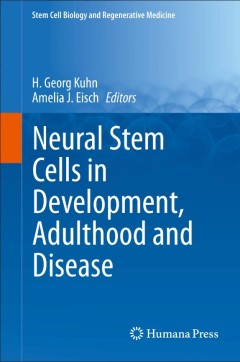
Neural Stem Cells in Development, Adulthood and Disease
This comprehensive volume is the first to specifically target developing, adult and diseased neural stem cells. It explores recent advances in the understanding of neural stem cell biology along with strategies that use these cells to tackle neurological diseases and brain aging. Ten inclusive chapters discuss a wide range of topics including neurogenesis, neurodegeneration, demyelinating disea…
- Edition
- 1
- ISBN/ISSN
- 978-1-4939-1907-9
- Collation
- XXI, 202
- Series Title
- Stem Cell Biology and Regenerative Medicine
- Call Number
- -

Molecular Mechanisms of Cell Differentiation in Gonad Development
This book presents the current state of knowledge on the origin and differentiation of cell lines involved in the development of the vertebrate male and female gonads with particular emphasis on the mouse. It also discusses the processes leading to the testis- and ovary-specific structures and functions. The individual chapters review the origin and differentiation of the somatic cells of th…
- Edition
- 1
- ISBN/ISSN
- 978-3-319-31971-1
- Collation
- XII, 434
- Series Title
- Results and Problems in Cell Differentiation
- Call Number
- -
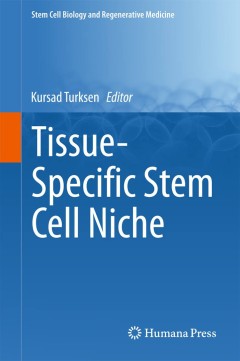
Tissue-Specific Stem Cell Niche
This timely volume explores tissue-derived stem cells, summarizing and evaluating the current body of knowledge. Sixteen chapters cover hematopoietic, osteoblast, skeletal, cardiac, pancreatic, epithelial, corneal, hepatic, renal, testicular, ovarian, fingernail, hair follicle and other stem cells- discussing their individual development, functions and pathologies, as well as the commonalities …
- Edition
- -
- ISBN/ISSN
- 978-3-319-21705-5
- Collation
- 4 b/w illustrations, 44 illustrations in colour
- Series Title
- -
- Call Number
- -
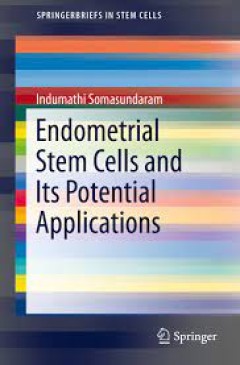
Endometrial Stem Cells and Its Potential Applications
Stem cells have ushered in widespread interest and exciting possibilities for cell based therapies. Despite multiple initiatives and meticulous untiring efforts, translating this bench side research into bedside practice and therapies remains a challenge. A better understanding of expanding research in specific areas of stem cells is crucial in developing regenerative medical therapeutics. With…
- Edition
- -
- ISBN/ISSN
- 978-81-322-2746-5
- Collation
- 18 b/w illustrations, 2 illustrations in colour
- Series Title
- -
- Call Number
- -
 Computer Science, Information & General Works
Computer Science, Information & General Works  Philosophy & Psychology
Philosophy & Psychology  Religion
Religion  Social Sciences
Social Sciences  Language
Language  Pure Science
Pure Science  Applied Sciences
Applied Sciences  Art & Recreation
Art & Recreation  Literature
Literature  History & Geography
History & Geography